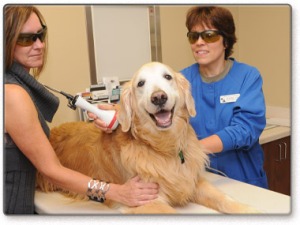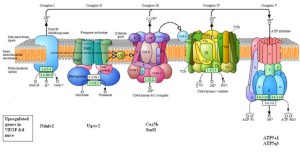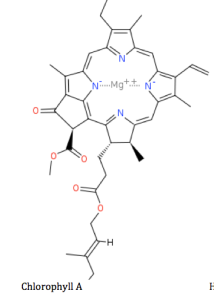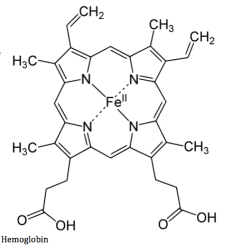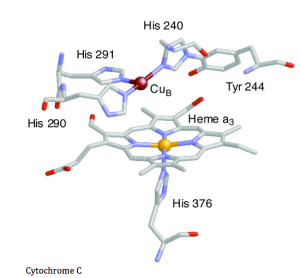Sometimes you hear something that completely blows your mind, along with all your pre-concieved notions and knowledge garnered from years of government loan-funded education. You’re going about your day, you ask someone a question, and you learn something that changes your perception forever. Ok so maybe it’s not as dramatic as all that, but you can decide.
In basic biology you learn about cells, powered by mitochondria, which are little organelles inside every single living (eukaryotic) cell that produce the majority of energy required for life. You may have heard about these mitochondria being remnants of bacteria, “swallowed” by another cell billions of years ago. This theory is supported by the fact that every mitochondria has it’s own set of circular chromosomes, separate from the DNA of your cells.
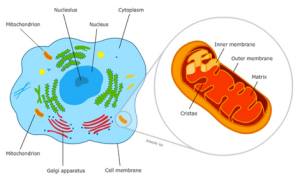
An interesting side note is that these circular genomes can be traced back to every single human’s original ancestor in Africa, a lineage that only follows that of our mothers because mitochondria are only passed from mother to offspring via the egg.
Anyways, these mitochondria, these little remnants of bacteria had another surprise waiting for me that sparked this ‘revelation’ so described earlier. I was shadowing at a veterinary practice in Fort Collins, Colorado when the vet I was working with pulled out a ‘therapeutic laser’. These lasers come in different wavelengths in the infrared range, depending on the depth and use.
I had used these lasers before, but I realized that I didn’t know how they work. I asked the vet and she said that the infra-red light of the laser stimulates the mitochondrial cytochrome C oxidase, which is an important protein involved in energy production in the mitochondria. (It’s the last complex in the electron transport chain). When you stimulate the cells with the right wavelength, you cause the production of excess energy, causing the cells to divide faster and to heal more quickly.
This means that every animal, every human is part plant! (sort of) That means that we can actually convert some forms of light to energy! So cool. If you think about it, stimulating very closely related chromophores such as rhodopsin (in your eyes) and chlorophyll (in plants) causes downstream reactions that cause, respectively, the sensation of sight and energy production from sunlight.*
I thought this was amazing because you’re taught in biology that animals convert glucose, water and oxygen to energy, and that plants do it via chlorophyll. But the reality is actually a bit blurred. Our mitochondria are acting like little plants!
Before you go baking your wounds in the midday sun though, you have to remember that sunlight also contains many harmful wavelengths, specifically UVA and UVB, that destroy your cells and cause mutations. These therapeutic lasers are tuned to a specific infra-red frequency, which is just on the edge and beyond the range of visible light.
Cool right?
Biology nerds please read on…
Another proposed/additional mechanism for the laser’s healing effects on cells is the production of reactive oxygen species, which can cause cell cycle stimulation via activating intermediates like NFkB (Chen et al. 2011). NFkB is a transcription factor that regulates inflammatory and stress-induced survival responses.
*Something cool from a chemistry point of view is the similarity between the chorophyll molecule, cytochrome C and hemoglobin. Hemoglobin has the heme group, with is a cyclic ring of carbon with iron in the center. In chlorophyll a very similar cyclic ring encircles a magnesium atom instead, and Cytochrome C contains two heme groups and two copper complexes. I’ll leave a chemistry major to take it any further ☺
Karu, Tiina (1999). Primary and secondary mechanisms of action of visible to near-IR radiation on cells. J. Photochem. Photobiol. B. 49, 1–17.
Karu, TI et al. (2008). Absorption Measurements of Cell Monolayers Relevant to Mechanisms of Laser Phototherapy: Reduction or Oxidation of Cytochrome c Oxidase Under Laser Radiation at 632.8 nm. Photomedicine and Laser Surgery 26, vol 6, 593–599.
Chen, A.C. et al. (2011) Low-Level Laser Therapy Activates NF-kB via Generation of Reactive Oxygen Species in Mouse Embryonic Fibroblasts. PLoS One. 6(7), e22453- e22453.

